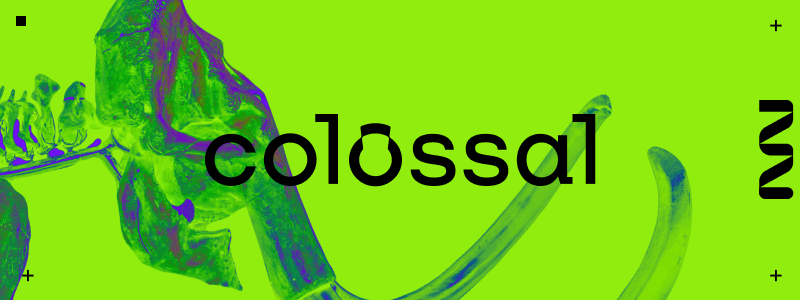Scientists predict that by 2050, up to one-half of all species could become extinct. Biodiversity is key to life as we know it, yet traditional conservation methods have been unable to keep up with the accelerating rate of habitat and biodiversity loss. Hampering critical long-term planning and impact is an unstable and unpredictable funding model, leaving a gap between challenges and solutions.
Colossal is a breakthrough bioscience and genetic engineering company that believes reviving our world demands bold action. In May’s ECHO Digital session, we discussed how Colossal is rethinking the economics of conservation to make extinction a thing of the past with Matt James, Chief Animal Officer at Colossal.
TESSERE’s Take:
If we are going to bridge the more than $600 billion/year gap in conservation funding, we must think differently about the economic model of conservation.
Traditional conservation funding models, which rely heavily on philanthropic donations and grants driven by the intrinsic value of nature, have not kept up with the accelerating rate of biodiversity loss. Colossal Bioscience’s distinctive strategy has led to over $225 million in funding being invested in research and technology that is supporting de-extinction and accelerating critical conservation innovation that protects species today, like developing a vaccine for Elephant Endotheliotropic Herpes Virus (“EEHV”). Consider this TED Talk from Ralph Chami, a financial economist, on why “valuing” a single whale at $3 million could be the change in language nature needs.
Zoos and Aquariums can serve as incubators of innovative conservation technology.
Colossal’s path to de-extinction of the dodo, thylacine, and woolly mammoth will be a progression of systems with innovative new technologies along the way. Colossal sees great opportunity to partner with zoos and aquariums for their expertise in professional care and reintroduction strategies, habitat restoration, research facilities, bio-banking, and as a showcase for the impact new technologies can have on the conservation of species.
Conservation is multidimensional, and so is its definition within and between organizations.
In some organizations, “conservation” is defined solely as fieldwork, while in others, the term encompasses nearly all aspects of their operations. An organization’s contribution to conservation cannot be measured solely by budget allocation or scope. Comparisons of “conservation organizations” are not equivalent; each organization must define its unique contributions to reversing biodiversity loss and measure those contributions by their impact.
There has never been a greater opportunity for healthy discourse and dialogue to shape a more ethical, effective, and impactful conservation community.
Today’s conservation community is united in its shared commitment to halting and reversing biodiversity loss. This community is also presented with unprecedented advancements in technology, connectivity, and opportunities for communication and collaboration. Now is the time for the world’s leading conservationists to engage in authentic conversation to collectively advance methods that equitably and ethically protect and restore balance and biodiversity.
If you’re interested in watching the full recording, send us an email at echo@tessere.com




